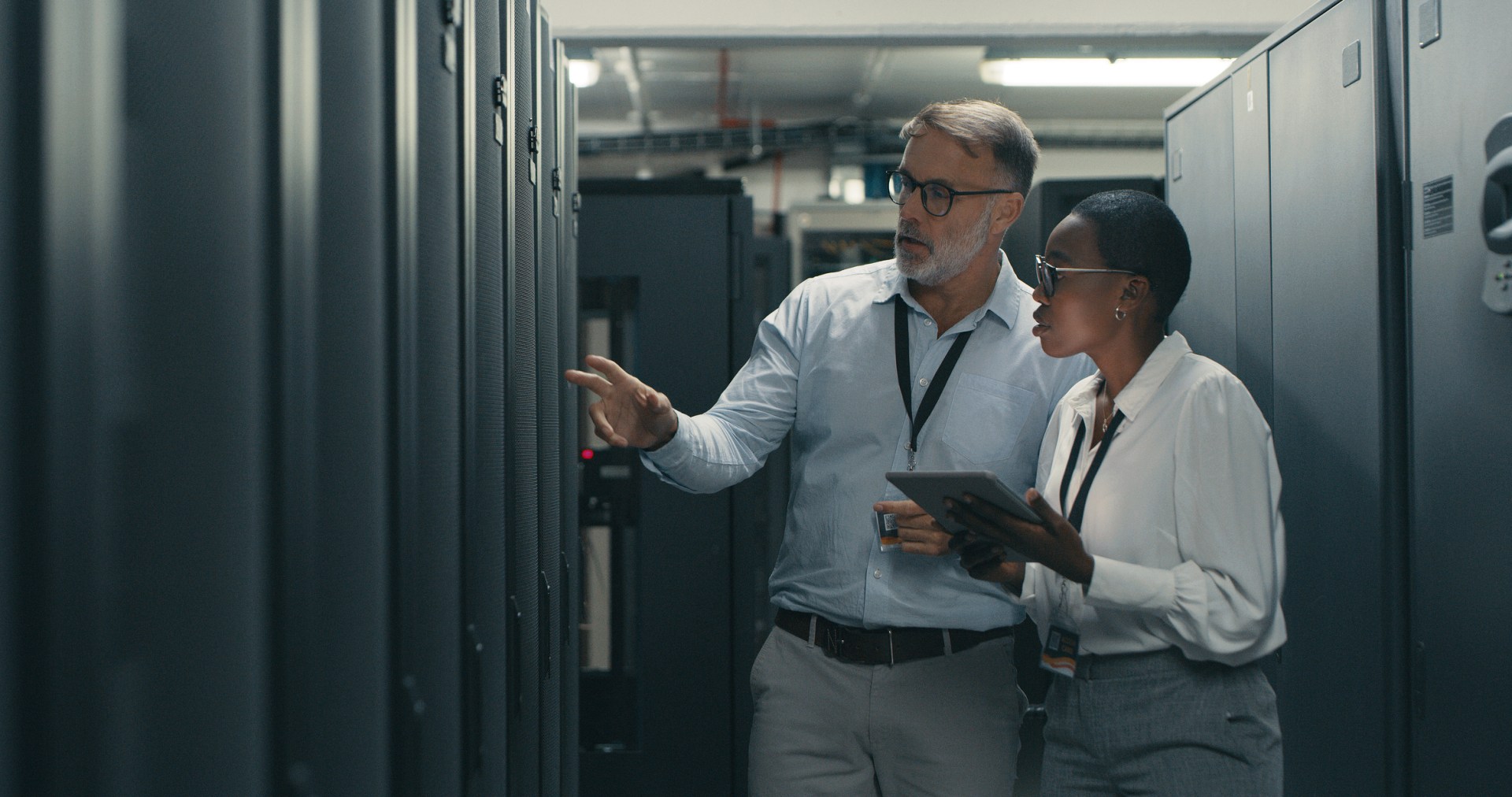
Enterprise backup solutions are essential for protecting an organization’s critical data and ensuring business continuity. With the increasing amount of data generated and stored by businesses, having a reliable backup system in place has become more crucial than ever before. This article will explore different types of enterprise backup solutions and factors to consider when choosing a backup solution.
There are five main types of enterprise backup solutions. These are as follows:
Full backup: A full backup involves creating a complete copy of all data, files, and folders at a specific point in time. Full backups are usually time-consuming and resource-intensive, but they provide a comprehensive backup of all data.
Incremental backup: Incremental backup only backs up changes made since the last backup, which reduces backup time and storage space requirements. The restoration process can, however, be time-consuming, as it requires restoring multiple incremental backups to recover the data.
Differential backup: Differential backup backs up all changes made since the last full backup, which reduces backup time and storage space requirements compared to a full backup. The restoration process is also faster than with incremental backups since only the last full backup and the last differential backup are required to restore the data.
Synthetic backup: Synthetic backup is a combination of full and incremental backups. It creates a full backup initially, then uses incremental backups to update the data, creating a synthetic full backup. Synthetic backups provide fast data restoration and reduce storage space requirements.
Continuous data protection: Continuous Data Protection (CDP) provides real-time data backup and protection, which means that data is backed up as soon as it is created or modified. CDP provides the most comprehensive backup solution and minimizes data loss in the event of a disaster. It can, however, be resource-intensive and expensive.
Here are the eight most important factors to consider when choosing an enterprise backup solution:
Type of data: When selecting an enterprise backup solution, it’s important to take into account the nature of the data that needs to be backed up, such as files, databases, or virtual machines. It’s worth noting that some backup solutions might cater to specific data types or provide better support for certain data types than others.
Quantity of data: Consider the size of the data you need to backup. Some backup solutions may be more suitable for smaller organizations, while others may be better for large enterprises with extensive data storage needs.
Cloud-based vs on-premises backup: Consider whether a cloud-based or on-premises backup solution is more appropriate for your organization. Cloud-based backup solutions offer scalability, flexibility, and remote access but may raise security concerns. On-premises backup solutions offer greater control and security but may require more resources and maintenance.
Cost: Consider the cost of the backup solution, including setup fees, maintenance costs, and storage costs. Some backup solutions may offer different pricing models, such as pay-per-use, subscription-based, or perpetual licensing.
Scalability and flexibility: Consider the scalability and flexibility of the backup solution. Can it accommodate the growth of your organization’s data storage needs? Can it integrate with other systems and applications in your organization’s technology stack?
Security and compliance: It’s crucial to evaluate the security and compliance prerequisites of the data in your organization. Does the backup solution offer encryption, access control, and other security functionalities? Does it conform to pertinent regulations concerning data privacy and security? These are important considerations when selecting an enterprise backup solution.
Implementing an enterprise backup solution is only the first step in ensuring data protection and business continuity. Here are the five most important best practices for implementing enterprise backup solutions:
Establish backup policies and procedures: Establish backup policies and procedures to ensure consistent and reliable backups. Document these procedures and communicate them to all relevant stakeholders.
Regularly test backups: Regularly test backups to ensure they are working correctly and can be restored in the event of a disaster. Perform both full and partial data recovery tests.
Implement a disaster recovery plan: Implement a disaster recovery plan to ensure that data can be restored in the event of a disaster. The disaster recovery plan should include steps for data recovery, equipment replacement, and personnel responsibilities.
Use encryption for data security: Use Encryption for Data Security: Encrypting backup data during storage and transmission is crucial to ensuring data security. This measure offers an additional layer of protection against data breaches and unauthorized access, thereby enhancing the overall security of the backup solution.
Implement multi-factor authentication: To enhance the security of the backup solution, it’s highly advisable to implement multi-factor authentication. This measure ensures that only authorized users can access backup data, thereby adding an additional layer of protection to the backup solution.
Related Resources:
7 Steps To Secure Your Data Center
8 Advantages of Colocation for Small Businesses
A Comprehensive Guide To Creating An Effective Incident Response Plan
A Comprehensive Guide To Virtual Desktop Technology
A Guide To Creating An Effective Business Continuity And Disaster Recovery Plan
A Guide To Enterprise Backup Solutions: Choosing The Right Option
Overcoming Challenges in Adopting Bare Metal Cloud: Solutions and Workarounds


Discover the DataBank Difference today:
Hybrid infrastructure solutions with boundless edge reach and a human touch.